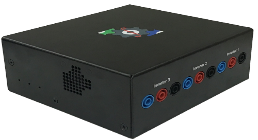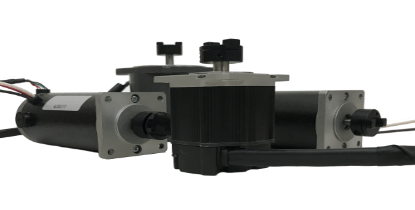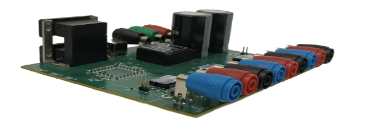Course Learning Objectives
- Describe the structure of Electric Drive systems and their role in various applications such as flexible production systems, energy conservation, renewable energy, transportation etc., making Electric Drives an enabling technology.
- Understand basic requirements placed by mechanical systems on electric drives.
- Review phasors and three-phase electric circuits.
- Understand the basic principles of power electronics in drives using switch-mode converters and pulse width modulation to synthesize the voltages in dc and ac motor drives.
- Understand the basic concepts of magnetic circuits as applied to electric machines.
- Understand the two basic principles (generation of force and emf) that govern electromechanical energy conversion.
- Describe the operation of dc motor drives to satisfy four-quadrant operation to meet mechanical load requirements.
- Design torque, speed and position controller of motor drives.
- Clearly learn to use space vectors presented on a physical basis to describe the operation of an ac machine.
- Understand the basic principles of Permanent Magnet AC (Self-Synchronous AC) drives.
- Describe the operation of induction machines in steady state that allows them to be controlled in induction-motor drives.
- Learn speed control of induction motor drives in an energy efficient manner using power electronics.
- Learn the basic operation of stepper motors and switched-reluctance motor drives.
- Learn about the energy efficiency of electric drives and inverter-motor interactions.
Textbook
Electric Machines and Drives: A First Course
Author: Mohan
ISBN: 1118074815 9781118074817
Publisher: Wiley
Complete Solution Manual for the "Electric Machines and Drives: A First Course" To receive a copy of the entire solutions manual, contact John Wiley & Sons and register as a faculty member.
Course Videos
Course Slides
Lab
The new electric drives lab does not require MATLAB or dSpace and is 1/10ᵗʰ the cost of the previous version. The labs are implemented using freely available numerical simulation and real-time controller platform, Sciamble Workbench developed at the University of Minnesota.
New Version using Sciamble
Instructions to install Sciamble Workbench
Acquire complete electric drives laboratory lab kit
Note: These labs can be accessed remotely. For more details visit Sciamble




List of Experiments
|
Basic Drives Lab (Undergraduate level) |
Advanced Drives Lab (Graduate level) |
|
|